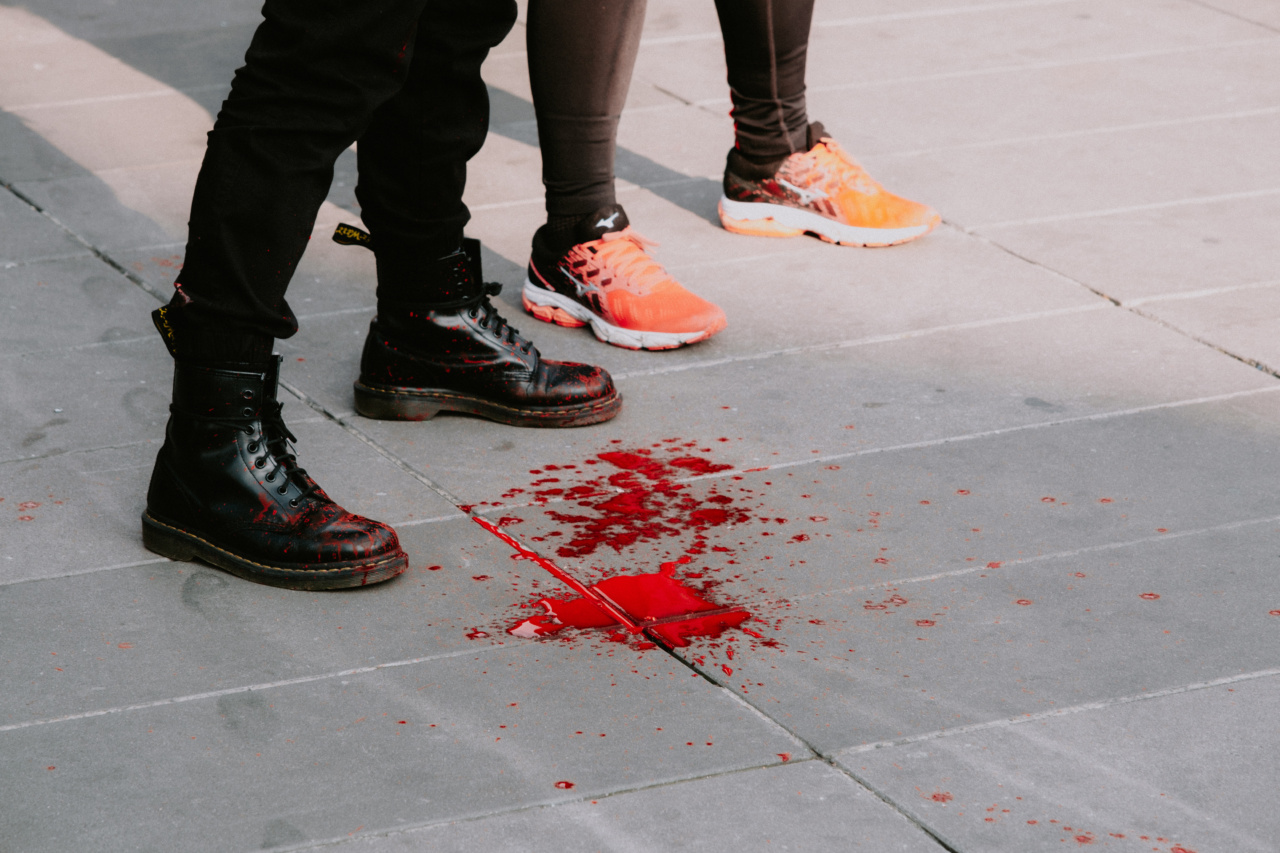Have you ever experienced feeling dizzy or lightheaded when you stand up too quickly? This phenomenon is known as orthostatic hypotension and it occurs when your blood pressure drops suddenly upon standing.
While many factors can contribute to this condition, understanding why it happens and how it affects your overall health is crucial.
The Physiology of Blood Pressure
Before we delve into the effects of standing up on blood pressure, let’s first understand what blood pressure is and how it is regulated in the body.
Blood pressure refers to the force exerted by blood against the walls of your blood vessels.
It consists of two measurements – systolic pressure (the pressure when your heart contracts) and diastolic pressure (the pressure when your heart is at rest between beats). A blood pressure reading is expressed as systolic over diastolic pressure (e.g. 120/80 mmHg).
The regulation of blood pressure involves a complex interplay between various systems in the body, including the heart, blood vessels, and the nervous system. One important mechanism in this regulation is the baroreflex feedback loop.
The Baroreflex Feedback Loop
When blood pressure changes, the baroreceptors – specialized cells located in the walls of certain blood vessels – detect this alteration.
If blood pressure drops too low, these baroreceptors send signals to the brain, specifically the cardiovascular control center in the medulla oblongata of the brainstem.
Upon receiving these signals, the cardiovascular control center triggers a series of responses to restore blood pressure to normal levels.
These responses include constricting blood vessels, increasing heart rate, and stimulating the release of hormones, such as adrenaline and noradrenaline, which boost blood pressure.
However, this regulation can sometimes falter, leading to dysregulation of blood pressure during certain situations, such as standing up.
Orthostatic Hypotension – A Common Phenomenon
Orthostatic hypotension occurs when blood pressure drops significantly within three minutes of standing up. This sudden drop in blood pressure can cause symptoms such as dizziness, lightheadedness, blurry vision, and even fainting.
While this condition can affect anyone, certain factors may increase the likelihood of experiencing orthostatic hypotension. These include:.
1. Dehydration
When you are dehydrated, your blood volume decreases, causing an inadequate blood supply to reach your brain and other vital organs. This can lead to a sudden drop in blood pressure upon standing.
2. Blood Volume Disorders
Conditions such as anemia or conditions that cause low blood volume (e.g., hemorrhage) can result in orthostatic hypotension.
3. Medications
Certain medications, such as those used to treat high blood pressure, can inadvertently lower blood pressure too much, especially when standing up.
Additionally, medications used to treat erectile dysfunction and anxiety may also cause orthostatic hypotension.
4. Age
As we age, our blood vessels become less flexible, leading to reduced blood flow and increased risk of orthostatic hypotension.
5. Diabetes
People with diabetes may experience damage to the nerves that regulate blood pressure, leading to dysregulation of blood pressure upon standing.
Managing Orthostatic Hypotension
If you frequently experience orthostatic hypotension or suspect you might be at risk, it’s important to seek medical advice to determine the underlying cause.
In many cases, treating the underlying condition can alleviate the symptoms of orthostatic hypotension.
However, there are also some general measures you can take to manage the symptoms:.
1. Stay Hydrated
Ensure you drink an adequate amount of fluids throughout the day to maintain proper blood volume and prevent dehydration.
2. Rise Slowly
When getting up from a seated or lying position, do so slowly to allow your body to adjust gradually. This can help minimize the sudden drop in blood pressure.
3. Wear Compression Stockings
Compression stockings provide pressure to your legs, helping to prevent blood from pooling and improving circulation.
4. Avoid Standing for Prolonged Periods
If feasible, try to avoid standing or remaining in an upright position for extended periods. Taking breaks and changing positions can help prevent orthostatic hypotension episodes.
5. Review Medications
If you suspect that your medications might be contributing to your symptoms, discuss your concerns with your healthcare provider. They can assess whether changes to your medications are necessary.
Conclusion
Orthostatic hypotension, characterized by a sudden drop in blood pressure upon standing, can significantly impact one’s daily life.
While this condition can be unsettling, understanding its causes and implementing appropriate management strategies can significantly alleviate its symptoms. By staying hydrated, rising slowly, wearing compression stockings, avoiding prolonged standing, and reviewing medications, you can better manage orthostatic hypotension and improve your overall well-being.






























